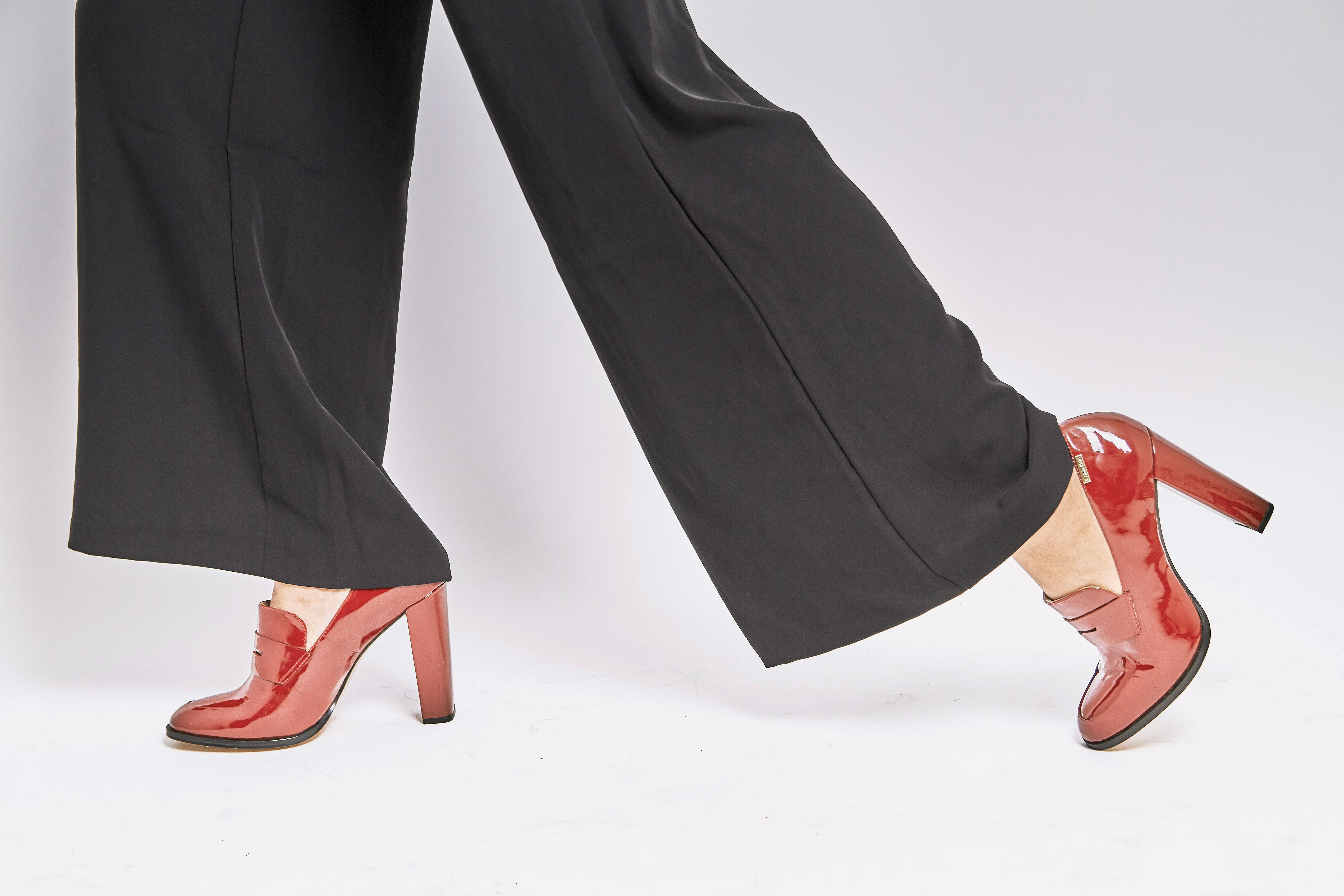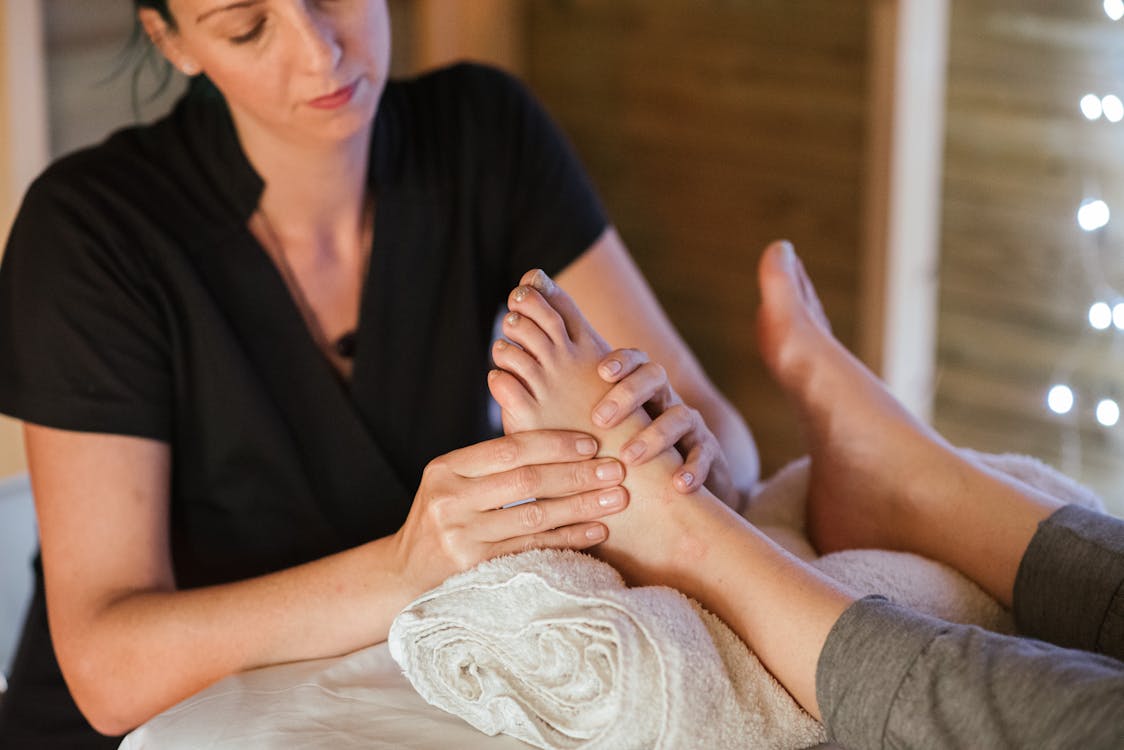How to Dance in High Heels Without Injury
Dancing in high heels can be both empowering and elegant, adding an extra level of sophistication to any performance. However, it also presents challenges, particularly when it comes to maintaining balance, flexibility, and avoiding injury. While heels can enhance the aesthetics of a dance, they also require special attention to technique and body mechanics. Learning how to dance in high heels without injury involves a combination of proper footwear, technique, conditioning, and mindfulness.
1. Choose the Right Heels
The foundation of safe dancing in heels begins with selecting the right pair of shoes. Heels should be well-fitted, with adequate support around the ankle and arch. A thick heel or block heel provides more stability than a stiletto, especially for beginners. If your performance requires high stilettos, consider starting with a lower heel height until you become more comfortable.
Additionally, shoes with cushioned insoles can help absorb the impact of dancing and reduce pressure on the balls of your feet. A non-slip sole is also important to prevent falls on slippery surfaces. When shopping for dance heels, it’s a good idea to break them in before performing, as this will make the shoes more flexible and comfortable.
Discover: Mistakes When Dancing in Heels: What to Avoid When Auditioning for an NFL or NBA Dance Team
2. Strengthen Your Feet and Ankles
Dancing in heels demands strong and flexible ankles and feet to support the added pressure. Incorporating foot and ankle exercises into your routine will help you build the necessary strength and prevent injury.
Some effective exercises include:
- Ankle circles: Rotate your ankles in circular motions to improve mobility.
- Calf raises: Stand on the balls of your feet and slowly raise and lower your heels to strengthen your calves and stabilize your ankles.
- Toe flexing and pointing: Alternating between flexing and pointing your toes will help improve foot flexibility.
- Resistance band exercises: Using a resistance band to work on ankle strength by stretching the band with your toes adds resistance, building more muscle control in your feet and ankles.
These exercises not only strengthen the necessary muscles but also improve your balance and control, which are crucial for dancing in heels.
3. Practice Proper Posture and Alignment

Maintaining proper posture is key to dancing in high heels safely. The additional height changes your center of gravity, so you’ll need to make adjustments to your alignment to avoid straining your back, knees, and ankles.
Focus on engaging your core to keep your body stable. Keep your shoulders pulled back and down, with your chest lifted and your chin parallel to the floor. Avoid leaning too far forward or backward, as this can throw off your balance. When performing turns, maintain your posture and control the movement to avoid twisting an ankle or falling.
4. Warm-Up and Stretch
Just as with any physical activity, warming up before dancing in heels is essential to prevent injury. Dynamic stretches that target your legs, feet, and back will loosen up your muscles and prepare your body for the demands of dancing. Focus on stretching your calves, hamstrings, and Achilles tendon, as these areas endure much of the strain when dancing in heels.
A proper warm-up also helps with mobility, ensuring that your joints are prepared for the range of motion required in high-heeled dance.
Read more: Enhance Your Dancing and Stay Injury-Free with These 5 Stretches
5. Take Care of Your Feet

Dancing in heels can lead to foot fatigue, blisters, and soreness if not managed properly. To protect your feet, make sure to take breaks and rest when necessary. Use protective padding or gel inserts to cushion areas of your feet that are prone to pressure. After a performance or long rehearsal, stretch your feet and soak them in warm water to relieve soreness.
Additionally, consider getting regular massages to improve circulation and reduce tension in your feet and legs. Foot care is crucial to sustaining long-term health and performance in high heels.
6. Start Slow and Build Confidence
If you are new to dancing in heels, it’s important to start slow and gradually build up your confidence and technique. Begin with basic movements, focusing on walking and balance before progressing to more complex choreography. Over time, your muscles will adapt to the demands of heels, and you will feel more comfortable executing more challenging moves.
Conclusion
Dancing in high heels without injury requires a thoughtful combination of the right footwear, proper technique, and conditioning. By strengthening your ankles and feet, maintaining proper posture, warming up, and listening to your body, you can enjoy the beauty and elegance of dancing in heels while minimizing the risk of injury. With the right preparation and care, dancing in high heels can be a safe and rewarding experience.
Do You Picture Yourself As A Professional Cheerleader? Get Expert Advice From Someone Who's Been There.
If you dream of joining a dance team audition but have no idea how to get started, my book entitled Professional Cheerleading Audition Secrets: How To Become an Arena Cheerleader for NFL®, NBA®, and Other Pro Cheer Teams will guide you through every step of the way.
I wrote this book because I WOULD LOVE FOR YOU TO DISCOVER the best tips and advice on staying fit and beautiful, adopting the right mindset, maintaining your image, and more... so you can MAKE YOUR DREAM TEAM!
My tips are based on my 20+ years of experience in the professional cheerleading industry.
Grab a copy of my book by clicking the text or image below:


